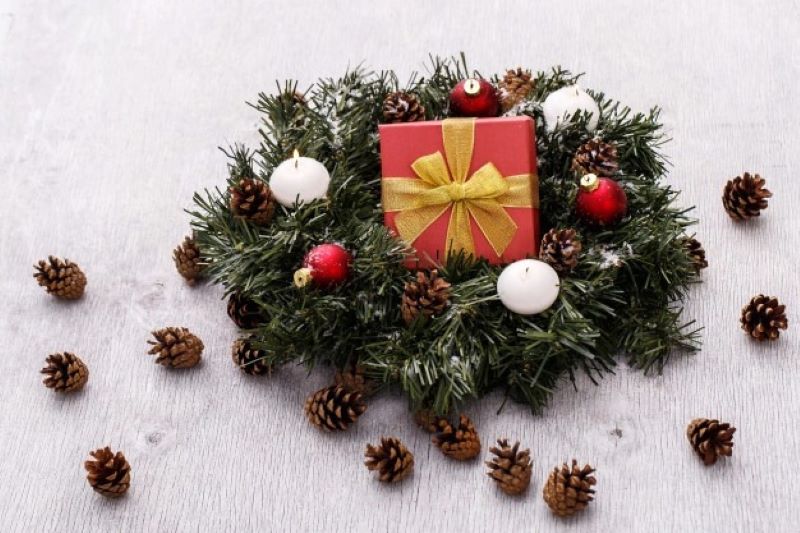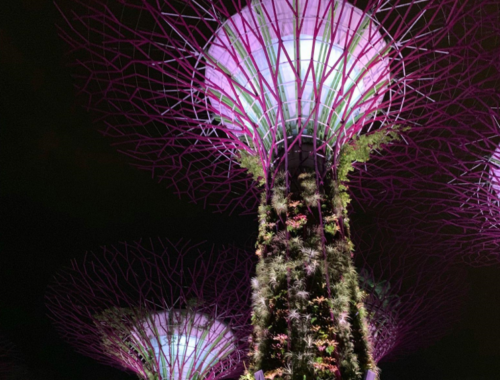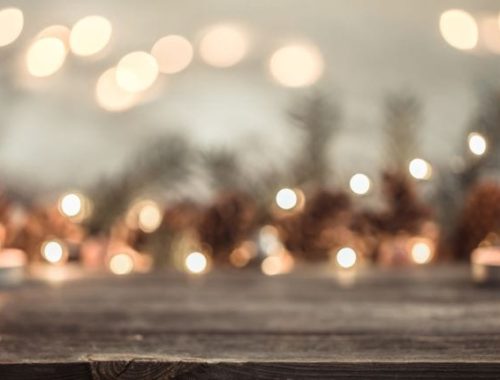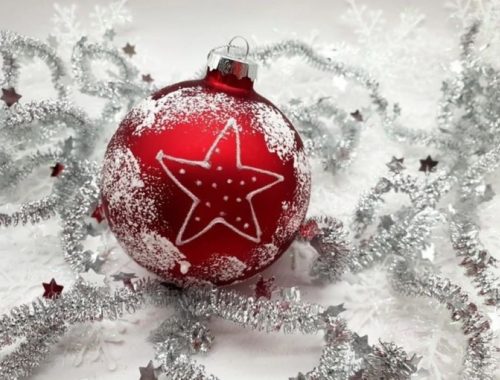
The History and Traditions of New Year’s Eve Celebrations
A Global Celebration: How New Year’s Eve is Celebrated Around the World
New Year’s Eve is the night before the first day of the new year, a time when people all around the world come together to bid adieu to the old year and welcome the new one with festivities, celebration, and countdowns. This tradition dates back centuries and has evolved over time, with different cultures celebrating this event in their unique way.
The history of New Year’s Eve dates back to ancient times when the Babylonians celebrated the beginning of a new year with a massive festival known as Akitu. This celebration lasted for eleven days in March, and it included religious rituals, feasting, and street performances. The ancient Romans also marked the beginning of the new year in March, but in 153 BC, they changed it to January 1, following the introduction of the Julian calendar.
In modern times, New Year’s Eve is celebrated with various activities – A popular one being fireworks that light up the skies at midnight, marking the start of the new year. Fireworks originated in ancient China, where it was believed that the loud noise and bright lights would scare away evil spirits. Today, the New Year’s Eve fireworks display in cities around the world is a spectacular event, attracting thousands of people.
Another popular activity on New Year’s Eve is the New Year’s Eve ball drop in New York City’s Times Square, which attracts millions of people every year. Inspired by a maritime standard time ball, the first ball was dropped in Times Square in 1907, and it has become an iconic event that is broadcast worldwide on television.
New Year’s Eve celebrations are incomplete without a New Year’s Eve party. From sophisticated black-tie soirees to casual house parties, these gatherings bring friends and family together to share food and drinks, dance, and toast to the new year. Some countries, such as Spain and Mexico, believe that eating 12 grapes at midnight can bring good luck in the new year.
Customs and Traditions: Fun and Fascinating Rituals for Bringing in the New Year
In many cultures, New Year’s Eve is an occasion to embrace tradition, and different countries around the world have their unique customs. In Japan, people eat a special noodle dish called toshikoshi soba, a symbol of longevity. In Denmark, it is customary to break dishes on the doors of friends and family as a way of showing affection towards them. In the Philippines, it is believed that wearing polka dots will bring good luck in the new year.
The start of the new year is also a time to set new goals and make resolutions for the year ahead. Many people resolve to change their lives in some way, from quitting smoking to losing weight, traveling to new places, or learning a new skill. While research shows that most people fail to stick to their resolutions, the act of setting goals for oneself is regarded as essential for personal growth and development.
In conclusion, the celebration of New Year’s Eve is an age-old tradition that has stood the test of time, evolving with different cultures around the world. It is a time to come together and embrace traditions, feast, exchange gifts, and look ahead to the new year with renewed hope and optimism. Regardless of how one decides to celebrate, the significance of the occasion remains the same- a fresh start, a clean slate, and new opportunities.
You May Also Like

Transform Your Space With Artificial Plants
February 14, 2025
Discover the Joy of Making Memories Around an Artificial Holiday Tree Prettified with Sparkling Glass Ornaments and Uniquely Crafted Skirts
January 13, 2023

